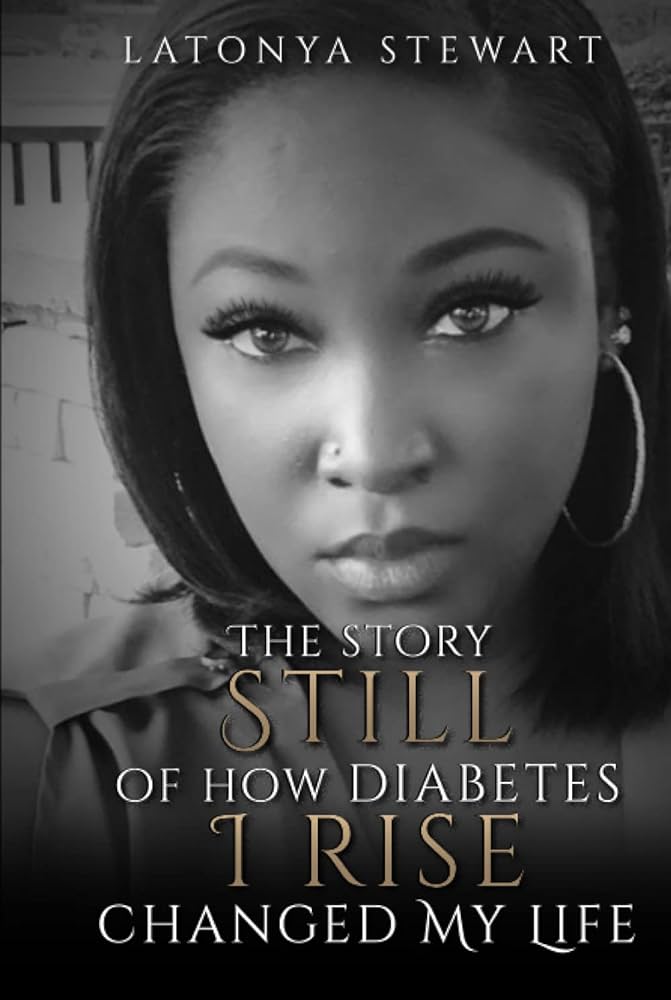Introduction
Women’s literature is a remarkable journey through history, capturing the evolution of women’s empowerment. In this exploration, we’ll uncover how inspirational books for women have played a pivotal role in this transformative process.
Early Beginnings
Women Finding Their Voices
In a time when women’s voices were often suppressed, the earliest women’s literature provided an outlet for expression. It was in these early writings that women began to assert themselves.
1. Anonymous Courage
Many women authors in the 18th and 19th centuries chose to remain anonymous or use pseudonyms to share their thoughts and experiences. Their inspirational books laid the foundation for change.
2. Questioning Social Norms
Novels like Mary Shelley’s “Frankenstein” and works by the Brontë sisters subtly challenged societal norms. These literary pioneers gave readers a glimpse into the restrictions women faced.
Suffrage and Beyond
Using Words as Tools for Change
The suffrage movement in the late 19th and early 20th centuries marked a turning point. Inspirational books became powerful tools for advocating women’s rights.
1. Pamphlets and Essays
Pamphlets and essays circulated widely, educating the public and sparking discussions about women’s equality. These texts became the backbone of the suffrage movement.
2. Fictional Narratives
Authors like Virginia Woolf and Charlotte Perkins Gilman tackled women’s roles and mental health in novels like “Mrs. Dalloway” and “The Yellow Wallpaper.”
The Feminist Wave
The Feminist Revolution
The 1960s and ’70s witnessed a surge in feminist literature. Authors like Betty Friedan, bell hooks, and Audre Lorde led the charge, advocating women’s empowerment.
1. Challenging Tradition
This literature critically examined traditional gender roles, intersectionality, and the significance of women’s mental health.
2. Narratives of Resilience
Memoirs by authors like Maya Angelou and Alice Walker showcased the strength of women in the face of adversity.
Modern Voices
Diverse Narratives, Shared Experiences
Today, women’s literature is more diverse than ever. A multitude of voices, perspectives, and experiences contribute to the ongoing dialogue about women’s empowerment.
1. Intersectionality
Modern writers like Chimamanda Ngozi Adichie and Roxane Gay explore intersectional identities, recognizing that women’s empowerment is a complex, multi-faceted concept.
2. Mental Health Narratives
Many contemporary women authors openly discuss experiences with mental health, breaking down the stigma and offering empowerment through their stories.
The Empowering Role of Women’s Literature
Words Create Change
Women’s literature has always been at the forefront of the women’s empowerment movement. It has challenged societal norms, fought for equality, and given voice to the silenced.
1. Inspiration and Resilience
Reading women’s literature allows people of all genders to gain insight into the challenges women have faced throughout history and the resilience they’ve demonstrated.
2. A Call to Action
Women’s literature is more than just a reflection of the past; it’s a call to action. It urges society to continue advancing toward gender equality and addressing women’s mental health.
Conclusion
Women’s literature has traversed a remarkable path, from the quiet beginnings of anonymous writings to the vibrant, diverse narratives of today. It continues to play a crucial role in the ongoing journey towards women’s empowerment. As readers, writers, and advocates, we must recognize the transformative power of words and continue to champion the cause of women’s empowerment. It is through the pages of these inspirational books that we discover not only the history of women but also a powerful vision for the future.

